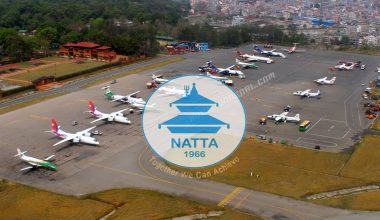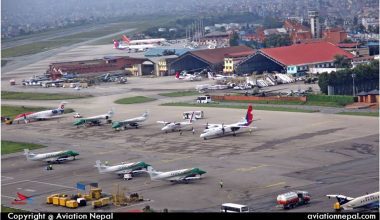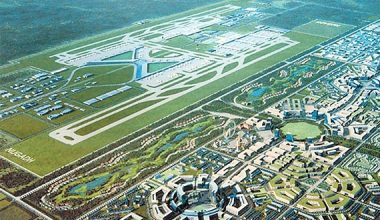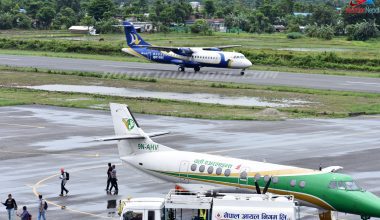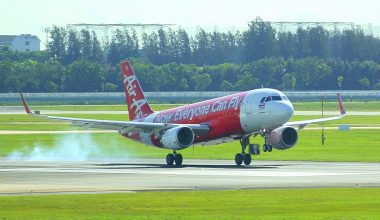Parliamentary Committee directed to cut trees only after the investment confidence for the construction of Nijgadh International Airport is achieved.
International Relations Committee of Parliament directed to cut trees after the sub-committee formed under the consolidation of Former Prime Minister Madhav Kumar Nepal to study all airport across the country make certainty of investment.
A member of the sub-committee said that the report prepared after inspecting the construction site of Nijgadh International Airport suggested to cut trees after confirmation of investment and to prepare Detailed Project Report (DPR).
According to Environment Impact Assessment report (EIA), 24 lakhs 70 thousands trees will be cut for the construction of airport and 7 lakhs trees will be cut in the first phase.
The timeline has been extended after 5 members sub-committee did not complete the work in given time.
While the Ministry of Culture, Tourism and Civil Aviation urged the Forest Ministry to allow for cutting trees, the parliamentary sub-committee concluded that the trees should not be cut down until the investments and other minimum preparations are not made.
Forest Ministry has been refusing to give approval for cutting down trees.
Though the government has decided to make proposed airport in ‘boot model’, the investment has not been confirmed yet.
A cost of around Rs 100 billion has been estimated for the construction of the airport.
The airport will be developed in three phases. The first phase, as per the detailed feasibility study (DFS) of the project, will be of 10 years; the second phase will be of 5 years, and the third or final phase will be of 25 years.
The project envisions building a modern airport in Nijgadh in Bara district, 175 km from Kathmandu in the southern plains.
In the first phase, two years will be spent for site clearance works, and then another five years will be spent on constructing the airport that will have 3,600-meter-long and 60-meter-width runway. According to the DFS of the Landmark Worldwide Company (LMW) of South Korea, after the first phase of the construction is complete, the airport will be able to handle 15 million passengers annually and accommodate the Airbus A380 super jumbo.
By the end of the third phase, the airport will have a parallel runway enabling it to handle 60 million passengers annually. If built, the Nijgadh International Airport will be an air hub joining 27 Asian cities and generate over 100,000 jobs, according to LMW report.

